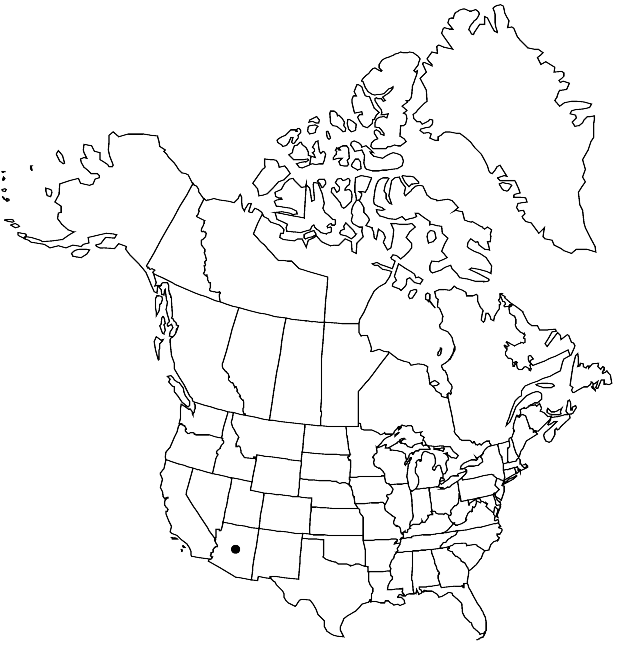Difference between revisions of "Physaria cinerea"
Novon 12: 322. 2002.
FNA>Volume Importer |
FNA>Volume Importer |
Revision as of 20:19, 24 September 2019
Perennials; caudex branched, (woody); densely pubescent, trichomes (appressed, except spreading on pedicels and fruits, sessile or short-stalked), several-rayed, rays furcate or bifurcate, (strongly tuberculate throughout). Stems few from base, erect, (stout), to 1.5 dm (sometimes greatly reduced). Basal leaves: blade suborbicular to rhombic or broadly elliptic, 1–4.5 cm, margins entire, (apex rounded to subacute). Cauline leaves: (proximal petiolate, distal subsessile); blade elliptic, 1–4 cm, (distal narrower), margins entire or remotely dentate. Racemes condensed, (subcorymbose to subumbellate, few-flowered). Fruiting pedicels (horizontal or divaricate-ascending, straight or slightly curved), 5–15 mm, (stout and rigid). Flowers: sepals (persistent), broadly ovate or oblong to narrowly elliptic, 5.5–8(–9.5) mm, (lateral pair slightly cucullate, median pair thickened apically, cucullate, usually keeled); petals (orange to yellow), oblong to obovate, 8–11.5(–14.5) mm, (slightly narrowed to broad claw, margins sinuate, often retuse). Fruits (sessile or substipitate), globose, ovoid, or suborbicular, compressed (with marginal and apical constriction), 4–7 mm; valves pubescent, trichomes contiguous or overlapping, often spreading; ovules 16–24 per ovary; style 2–4 mm. Seeds lenticular, ovate in outline. 2n = 10.
Phenology: Flowering Mar–May.
Habitat: Red soil, chiprock, gypsum or chalky knolls, limestone rubble
Elevation: 900-2200 m
Discussion
Selected References
None.
